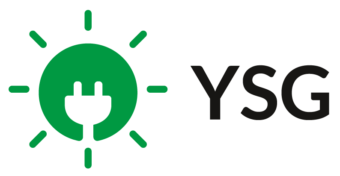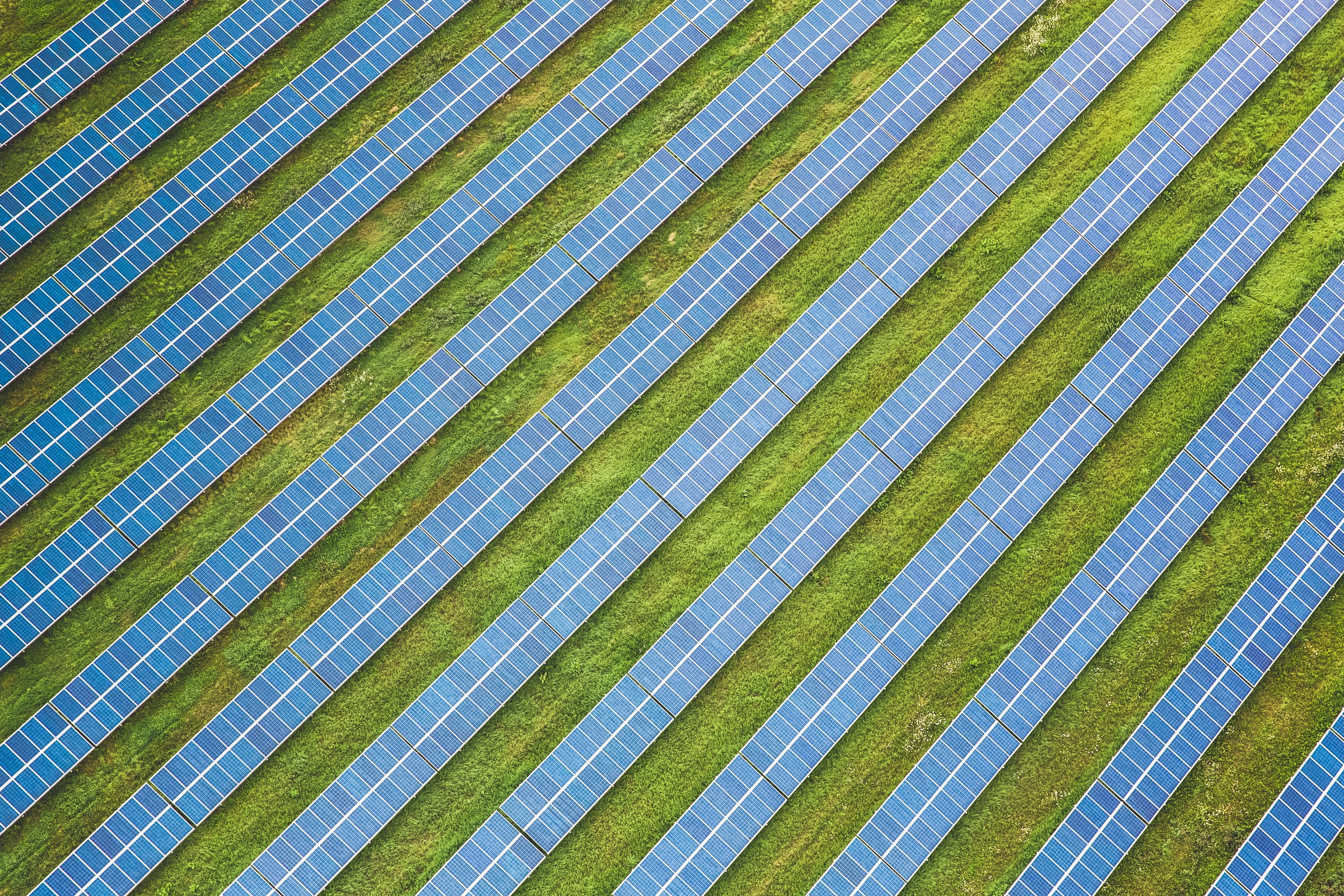The industry was pleased with the NJBPU's announcement of 150 MW of community solar capacity. This is double the capacity of Year 1 of the program. The pilot includes a carve-out to ensure that at least 40% of subscribers are classified as low-to-moderate-income (LMI) customers. The LMI component of the program has created challenges for traditional solar developers. Firms like YSG Solar that have experience underwriting LMI off-takers have had an easier transition.
How do Solar Developers View the New Jersey Community Solar Pilot Program?
Predictable cash-flows drive any asset class, and community solar is no different. The move from the SREC to the TREC program has been a positive for the NJ solar market. The TREC program provides a 15-year fixed price for each TREC that the community solar project generates. A TREC equals 1 MWh of energy generated each year. The value of the TREC is fixed for 15 years. The TREC program does derate the value of the TREC for non-rooftop projects. Essentially, if you want to receive 100% of the TREC value, your project should be a commercial rooftop solar project. So now that we have outlined this, the value of this full TREC is $152/TREC. Converting to MWh/KWh this is basically $0.152/KWh or $152/MWh.
Okay, so now that the TREC value is set and fixed for 15 years we can move to the next form of revenue which is the energy or net metered credits. We are talking about community solar so we are just going to talk net metering right now. The net metering credits that are generated from each KWh exported into the grid have a value equal to the rate class of the subscriber in the utility service territory. Now with the 40% LMI carve-out, 60% of the energy credits can be allocated to residential rate-payers who can be underwritten based on a FICO score that is 680+. This is based on traditional consumer credit principles.
The other 40% of the net metering credits that are being sold to LMI subscribers may run the risk of not meeting the FICO score requirement—which could be 680+ as an example. Lenders providing debt to the project or sponsors will not usually underwrite any revenues coming from LMI subscribers since they can not analyze the risk associated with receiving payments. What does this do to the project?
This will turn our NJ community solar project into a site where the project IRR and debt is all sized based on cash-flows from our $152/TREC revenue and from the 60% of net-metered credits sold under the community solar program. These traditional developers are just giving a 40% haircut to the revenue coming from the LMI subscribers since they have no idea of how to underwrite LMI customers. YSG Solar and other sophisticated developers may get comfortable financing an LMI customer type with various forms of credit enhancement which could increase the value of the project significantly. Now, any form of credit enhancement has a cost associated with it and certain fixed costs to set up a project such as this. This is where we get into a conversation about scale.
With this community solar project our size is limited with a total allocation of only 150 MW. Ideally, to transact with a party who can provide credit enhancement, we really want to be in the 100 MW range for deal size. As you can see, that means you would have to take up a majority of the market share to reach this level. So what do you do now? Get creative and collaborate with others who may have experience or expertise in certain areas that traditional developers do not. Speak to YSG Solar today and learn more about how you can finance affordable solar.
Original press release and notice issued by NJBPU below:
“On Friday, October 2, 2020, the New Jersey Board of Public Utilities approved the Year 2 Application form and process for the State’s Community Solar Energy Pilot Program.
The Pilot Program is administered by New Jersey’s Clean Energy Program™ and provides access to solar energy through a subscription-based model that virtually connects customers to a solar installation within their electric utility company’s territory.
The Year 2 Application process incorporates feedback and lessons learned from Year 1 gathered during an ongoing public stakeholder process. Program Year 2 has allotted 150 MW of community solar capacity – double the capacity of Year 1 – and includes a carve-out to ensure at least 40 percent of awarded projects serve low- to moderate-income (LMI) customers. In Year 1, NJBPU awarded 78 MW to 45 projects, all of which will dedicate at least 51 percent of their capacity to LMI communities.
Year 2 applications are due by February 5, 2021 at 5:00 p.m. ET. Applications must be submitted to a new online application portal, which will be available soon. Staff will provide instructions on how to submit an application via the portal once it is released.
The Year 2 Application Form is available for review here.
Today’s Application Form was also accompanied by two proposed rule amendments initiating other improvements to the Pilot Program. The proposals will be open to public comments for 60 days upon publication in the New Jersey Register.
The Board also approved an Order modifying the LMI verification process for projects granted conditional approval to participate in Year 1 of the Pilot Program.
A press release is available here.”
Interested in New Jersey solar? Get in touch with YSG today to get started. Whether you want to sign up for community solar, or install panels on your rooftop, YSG can get you there. Send us an email or call at 212.389.9215 to learn more.
YSG Solar is a project development vehicle responsible for commoditizing energy infrastructure projects. We work with long-term owners and operators to provide clean energy assets with stable, predictable cash flows. YSG's market focus is distributed generation and utility-scale projects located within North America.
Sources:
Photo by Markus Spiske on Unsplash.

